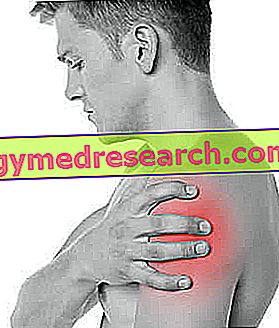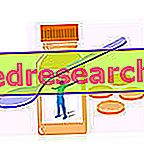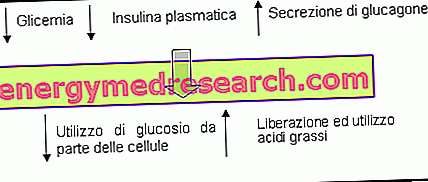By Trainer Sebastiano Sessa
The shoulder: great mobility, great vulnerability
Shoulder injuries are quite common. A personal trainer should recognize them and apply a correct training protocol.

HUMERAL SCAPULAR PERIARRITIS
The Periarthritis Scapolo Humerus is an inflammatory disease that involves the fibrous tissues surrounding the joint: tendons, serous bursae and connective tissue.
Periarthritis occurs gradually and insidiously, first with light pains and then with increasingly evident symptoms.
Shoulder pain is often at night, accompanied by difficulties in making even the most trivial movements, such as combing, shaving, etc. With time, fibrous adhesions can form which, if neglected, lead to the almost total blockage of the joint.
INSTABILITY
Scapulohumeral instability is the condition in which excessive translation of the humeral head on the glenoid compromises joint function.
LAUGHING
It is a severe trauma and means that the humeral head has completely escaped from its anatomical site, ie from the glenoid cavity. It is one of the most significant traumas possible for the glenohumeral, whose resolution, however, involves surgery.
HEADSET OF ROTATORS
The Rotator Cuff is practically represented by the confluence of the subscapularis tendon, which forms its front part; of the subspino, which with the small round creates the back part; of the supraspinatus, which with the coraco-humeral ligament forms its upper part.
The insertion of these tendons builds a cuff around the humeral head, which allows to realize an infinite quantity of rotational movements.



